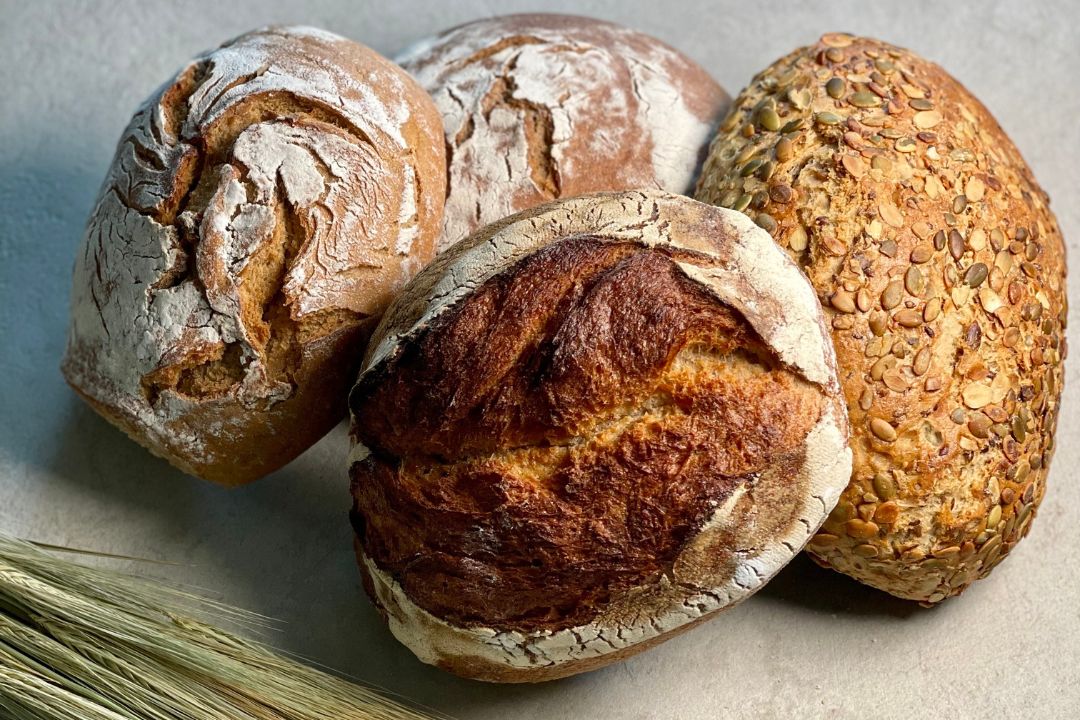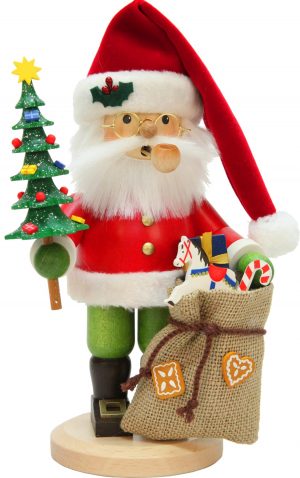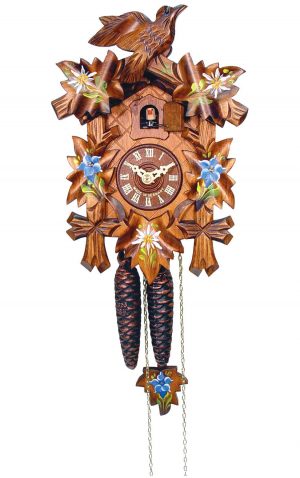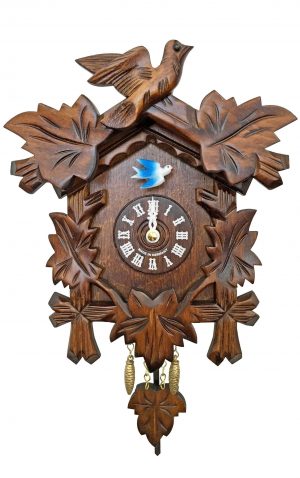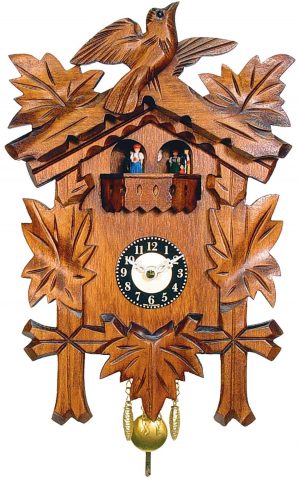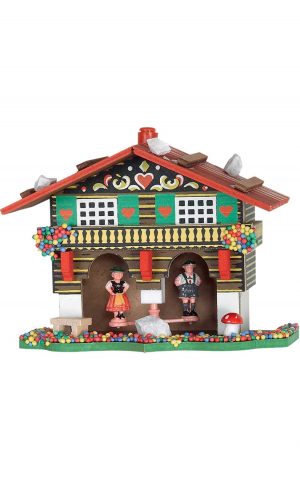At the beginning of every year, people in Germany and several other countries around the world celebrate a season of merriment, costume parties, parades, and indulgence. Known as Fasching or Karneval, these festivities are deeply rooted in German culture and history, with origins dating back to the Middle Ages. In this article, we will take you on a journey through the history, traditions, and unique features of Fasching and Karneval, and provide you with some tips and insights to make the most of your experience.
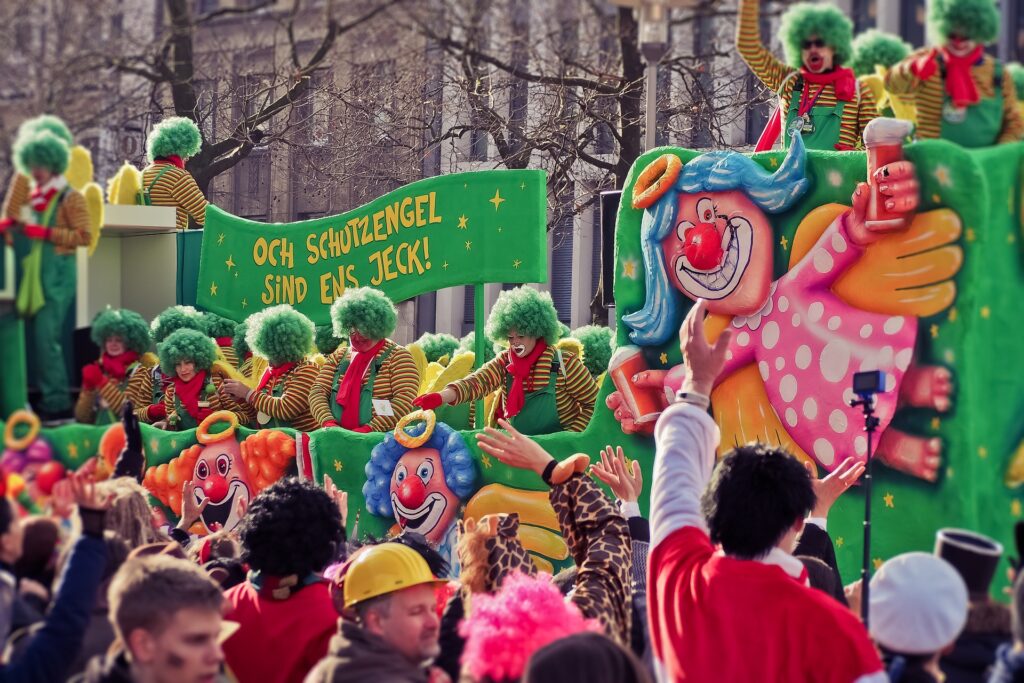
A Brief History
The origins of Fasching and Karneval can be traced back to ancient pagan rituals that were later adopted and transformed by the Christian Church. The word “Fasching” is derived from the Germanic word “vast-schanc,” which means “the night of the fast” – the last day before the start of Lent, when Christians traditionally give up indulgences and prepare for Easter. In contrast, “Karneval” is a term of Latin origin, which means “farewell to meat” – a reference to the dietary restrictions of Lent.
During the Middle Ages, Fasching and Karneval evolved into elaborate street festivals and carnivals, where people could express themselves freely, regardless of social status or rules of conduct. Over time, the festivities became more structured and organized, with the emergence of traditional costumes, masks, and parade floats.
Traditions and Customs
Fasching and Karneval are celebrated differently in different regions of Germany, but some customs are widespread and consistent. Here are some of the most important ones:
- Costume Parties: Dressing up in costumes is an essential part of Fasching and Karneval. People wear masks and outfits that reflect their personality, imagination, or humor, and often create their own costumes from scratch.
- Parades and Processions: Fasching and Karneval parades are famous for their colorful floats, marching bands, and street performers. They usually take place on the weekends before Lent, and attract thousands of spectators and participants.
- Sweet Treats: Like most festive occasions, Fasching and Karneval are associated with a variety of traditional sweets and delicacies, such as “Berliner” (a type of doughnut), “Krapfen” (a type of pastry), and “Schmalzkuchen” (a type of fried dough).
- Pranks and Tricks: Fasching and Karneval are also times of mischief and foolery. In some regions, people play practical jokes, pranks, or perform comical skits to entertain and amuse their friends and neighbors.
Fasching and Karneval Today
Today, Fasching and Karneval remain an important part of German culture and a source of national pride. They attract tourists from all over the world and provide an opportunity for people to let loose and have fun. However, the festivities have also evolved with the times and adapted to modern sensibilities. In recent years, there has been a greater emphasis on environmental sustainability, inclusion, and diversity, with organizers and participants making conscious efforts to reduce waste, promote tolerance, and embrace cultural diversity.
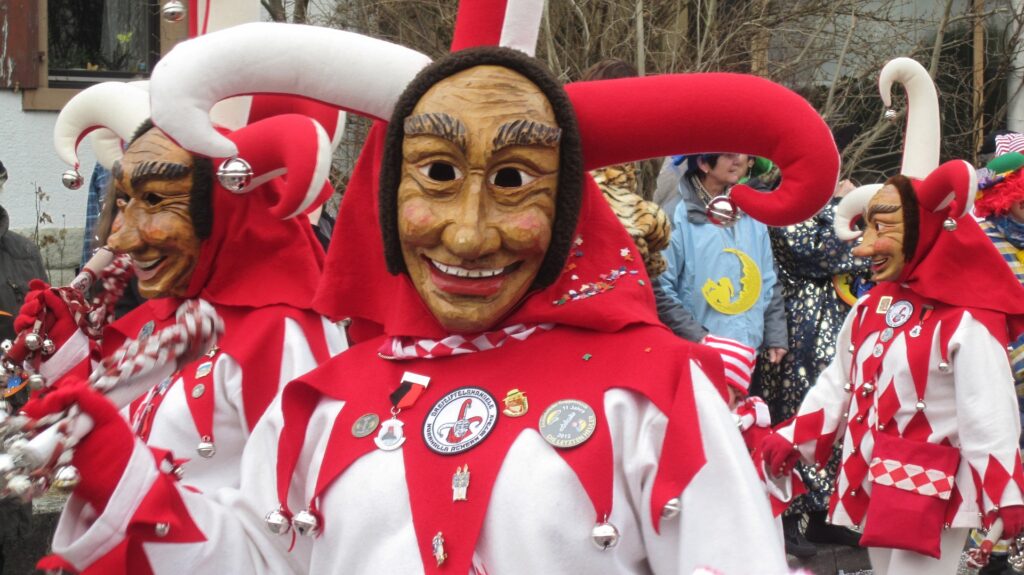
Tips for Enjoying Fasching and Karneval
If you are planning to experience this for yourself, here are some tips and recommendations to help you make the most of your trip:
- Plan ahead: Fasching and Karneval can be crowded and overwhelming, so it’s a good idea to plan your itinerary in advance, and book your accommodation and transportation well ahead of time.
- Dress up: It’s all about self-expression and creativity, so don’t be shy about dressing up in a fun or outrageous costume. If you don’t have a costume, you can usually find one at a local costume shop or make your own.
- Join a parade: Watching the parades is great, but being in one is even better. Check with local organizers to see if there are any opportunities to participate in a parade as a performer or float builder.
- Try the food: This is a great time to indulge in some traditional German sweets and treats. Be sure to try “Berliner,” “Krapfen,” and “Schmalzkuchen,” as well as other local delicacies.
- Respect the rules: While Fasching and Karneval are times of freedom and spontaneity, there are still rules and guidelines that need to be followed. Be respectful of other people’s boundaries and property, and don’t engage in behavior that could cause harm or offense.
With these tips in mind, you are ready to experience the joy and excitement of Fasching and Karneval for yourself. Whether you choose to celebrate in Cologne, Munich, Mainz, or any other city or town, you are sure to have an unforgettable experience that will stay with you for years to come.
Conclusion
Fasching and Karneval are fascinating and rich cultural traditions that offer a unique window into German history and society. Whether you are a local or a foreign visitor, you can immerse yourself in the sights, sounds, and flavors of these festivities and create memories that will last a lifetime. From the elaborate parades and costumes to the delicious treats and playful pranks, Fasching and Karneval have something for everyone.
By following the tips and recommendations provided in this article, you can make the most of your Fasching and Karneval experience and enjoy a safe, respectful, and fun-filled celebration. So put on your mask, grab a handful of confetti, and join the party – you won’t regret it!


